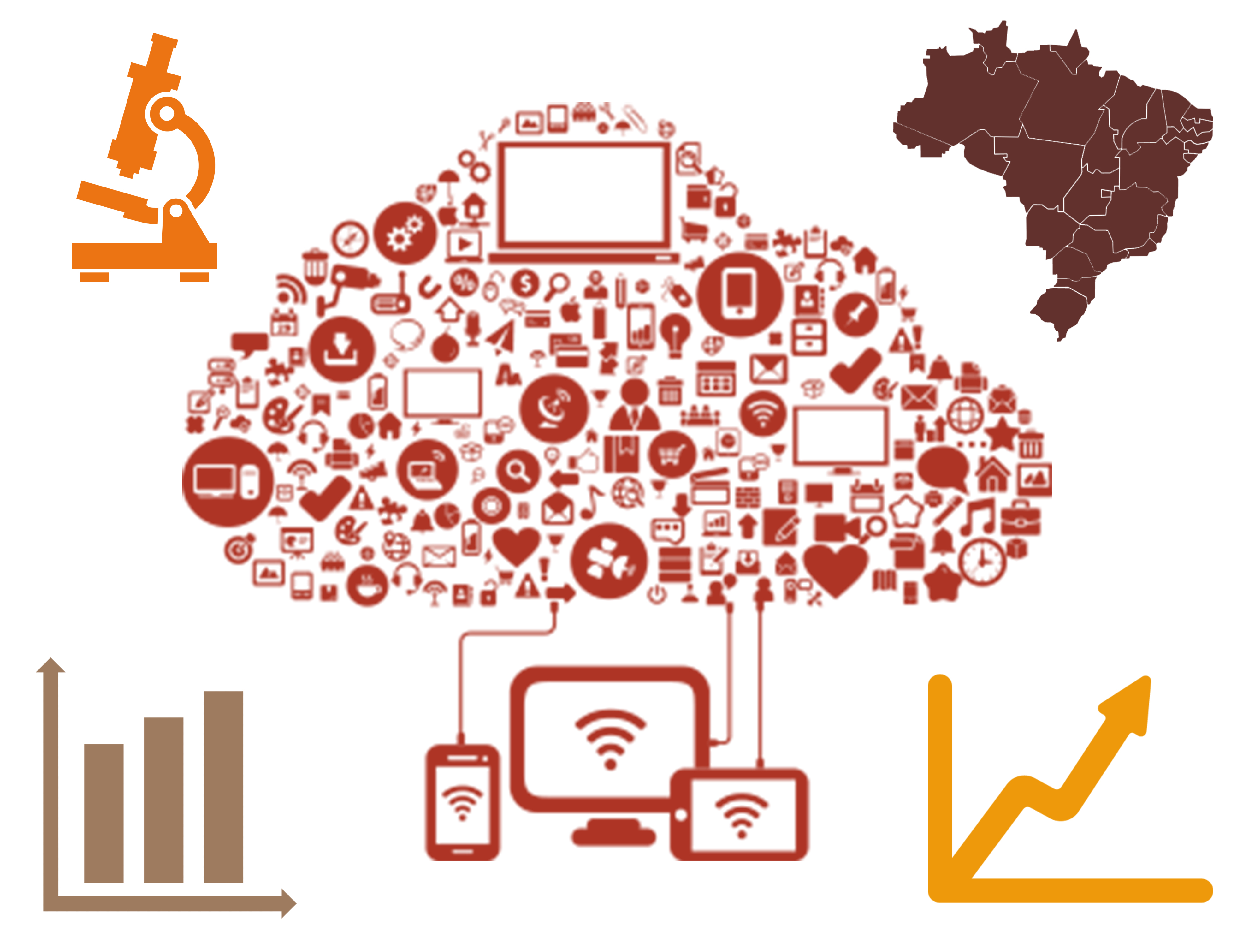Ground-breaking: GARC-WHO collaboration makes data reporting easy
The Global Alliance for Rabies Control (GARC) has been working closely with the World Health Organization (WHO) to help ease the reporting burden of rabies on national rabies focal persons. The majority of the rabies focal persons across rabies endemic countries globally are responsible for reporting a host of other diseases, taking a large portion of their time away from interventions. This becomes more challenging and time consuming when multiple international organizations require or request data to be reported.
Because of the time-consuming nature of reporting different rabies data to different organizations in different formats, trends of inconsistent data were observed. This meant that different international organizations received different data for the same disease, country, and time period. A major contributing factor was identified – the responsible people were simply too busy and consumed with their duties to report multiple times to multiple organizations in different formats. Read more about these inconsistencies in this publication.
To address this challenge, GARC and the WHO began working together to develop a means to allow for data exchange across platforms. Both, WHO and GARC use the same software for their rabies databases. The Rabies Epidemiological Bulletin (REB), developed by GARC, collects and analyses official rabies data for national governments to drive their rabies elimination programs. Importantly, the REB data is government-owned, while the system itself has been designed to be used on a regular basis by in-country stakeholders to direct and drive their rabies elimination efforts with accurate and timely data. Because GARC and WHO have already worked together to harmonize standardised key indicators for rabies (read the publication here), the REB already collects the same rabies data countries are expected to submit to the WHO Integrated Data Platform (WIDP) which is ultimately feeding into the WHO Global Health Observatory. These data are needed by international organizations to advocate for, and show progress in, the implementation of the Global Strategic Plan “Zero by 30”.
To facilitate the rapid, simple transfer of data between systems, the WHO developed and shared an app that easily enables the sharing of specific data relating to the rabies key indicators of WHO with a simple click of a button. Rabies focal persons have complete control over the app on the Rabies Epidemiological Bulletin, and only authorized focal persons from each country are able to share the data – meaning that the data reporting remains fully in the hands of authorized government officials. Furthermore, no sensitive data is ever shared, ensuring privacy, confidentiality, and data security.
This collaboration will help improve data reporting and consistency across international organizations, while also helping to ease the burden of reporting on government focal persons, giving them more time to focus on eliminating rabies, while ensuring accurate surveillance and data reporting.
This step is a huge step in collaboration, perfectly aligning with this year’s theme for World Rabies Day – “End Rabies: Collaborate, Vaccinate.” – and continuing to drive the Global Strategic Plan for rabies elimination.
Learn more about the Rabies Epidemiological Bulletin and how it can assist surveillance efforts in rabies-endemic countries here. Please contact us if you would like to learn more about the Data Sharing app specifically.
Article contributed by Dr Terence Scott (GARC) and Dr Lea Knopf (Neglected zoonotic diseases consultant, WHO)
